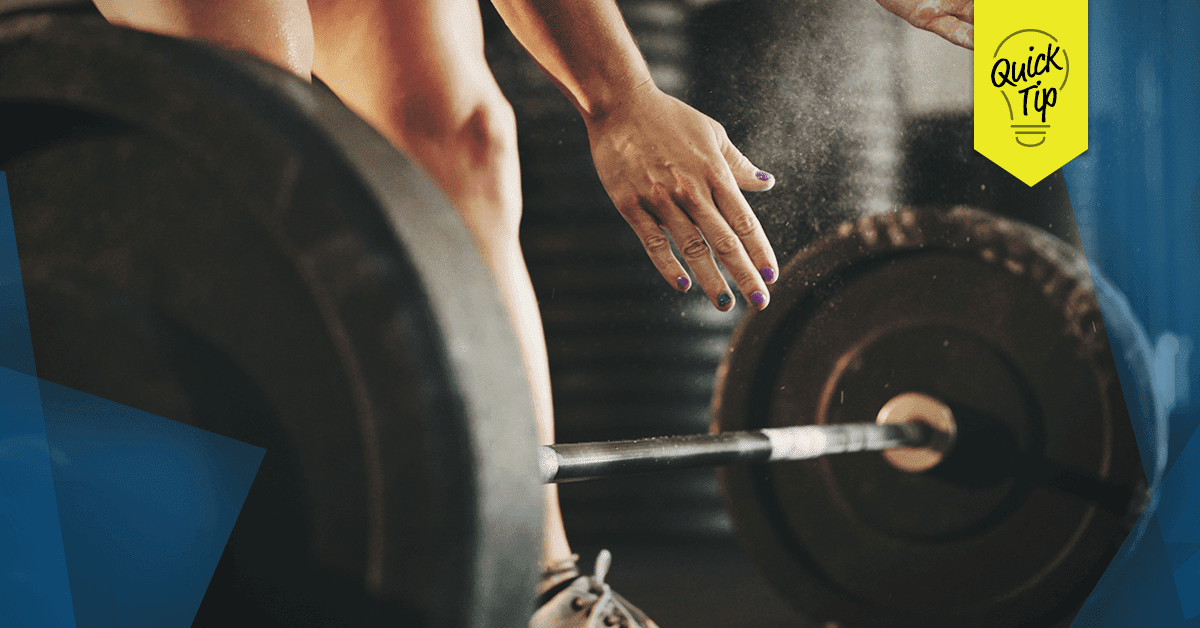You don’t need to be sold on the many benefits of the deadlift. (If you’re curious, we listed 55 of them here.) Chances are, you’ve been doing it enthusiastically for almost as long as you’ve been lifting.
But using it successfully with your clients is a very different challenge. What’s intuitive for you may feel awkward and unnatural for a client trying to master the hip hinge.
These three coaching cues can help.
“Squeeze the weight as hard as you can”
A lifter struggling with form won’t typically think about her grip, says Lindsay Bloom, an endurance athlete, powerlifter, and strength coach based in Madison, Wisconsin. But good form on the deadlift, or just about any other exercise, actually begins with the grip. When you grasp the bar with conviction, your body’s natural response is to increase tension and pull the shoulder girdle into a strong position. It also helps your client control the movement while lowering the weight.
Finally, and perhaps most obviously, consciously tightening the grip helps improve hand and forearm strength, which in turn will help your client move heavier loads on a variety of exercises. If the client struggles to get a firm grip, don’t hesitate to use chalk, if your gym allows it.
“Put your shoulder blades in your back pocket”
For lifting heavy weight, it’s all about bodily tension, says strength and conditioning coach Tony Gentilcore. “I used to shout to people ‘Don’t let me tickle your armpits!’ when I was coaching them on the deadlift, but then it got all weird.”
If you’d like to avoid those potentially awkward moments (and the non-zero chance of a restraining order), tell your client to pull her shoulder blades into her back pockets. It helps to posteriorly tilt the scapulae and engage the lats, which in turn reduces the load on the spinal extensors.
This article was adapted from an earlier one called “Eight Top Coaches Share Their Most Effective Coaching Cues.”










